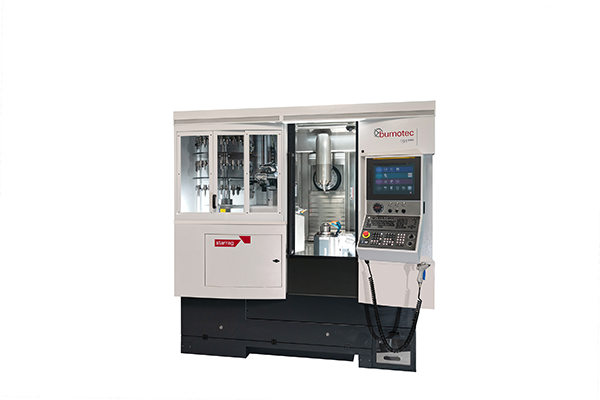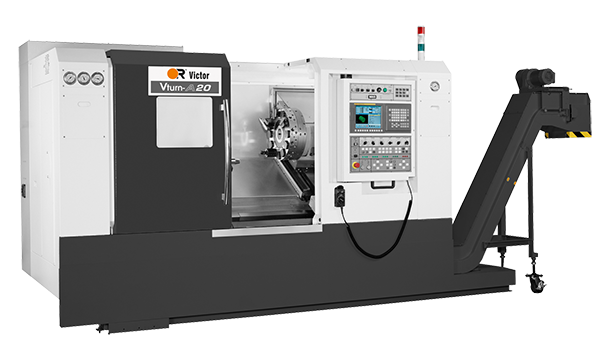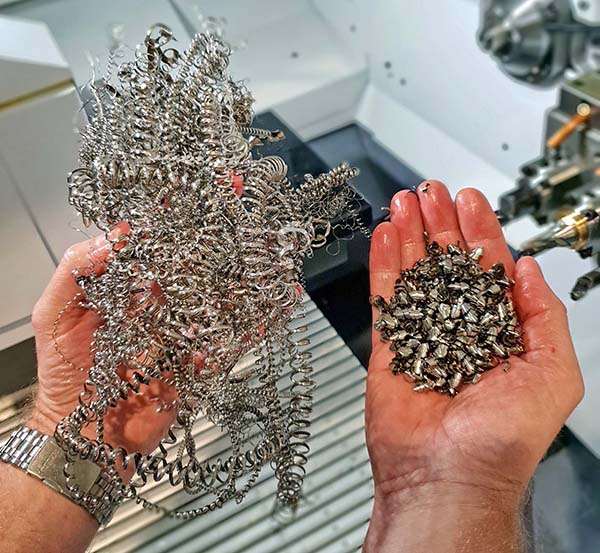
Starrag UK (Hall 20, Stand 563) says visitors to its stand can learn about Bumotec’s new cost-effective 191neo mill-turn centre for small, complex parts. Targeted particularly at users in the medical, luxury goods and micro-mechanics industries, the seven-axis Bumotec 191neo can accommodate bar of 42, 50 and 65 mm diameter. Furthermore, with up to 90 tools and an intuitive HMI control system, Starrag says that the machine enables users to achieve a new standard in cost-per-part for high added-value small components produced in a single set-up.
For further information
www.starrag.com























